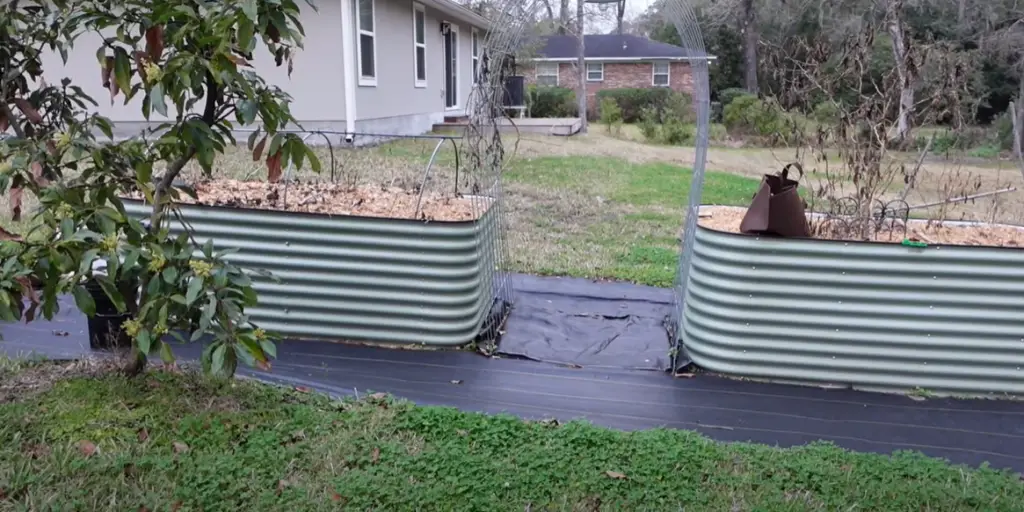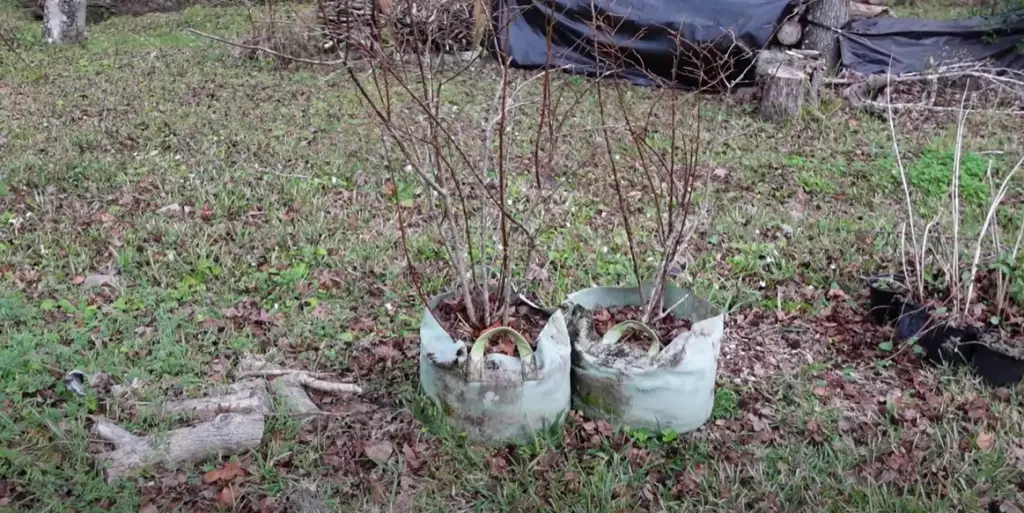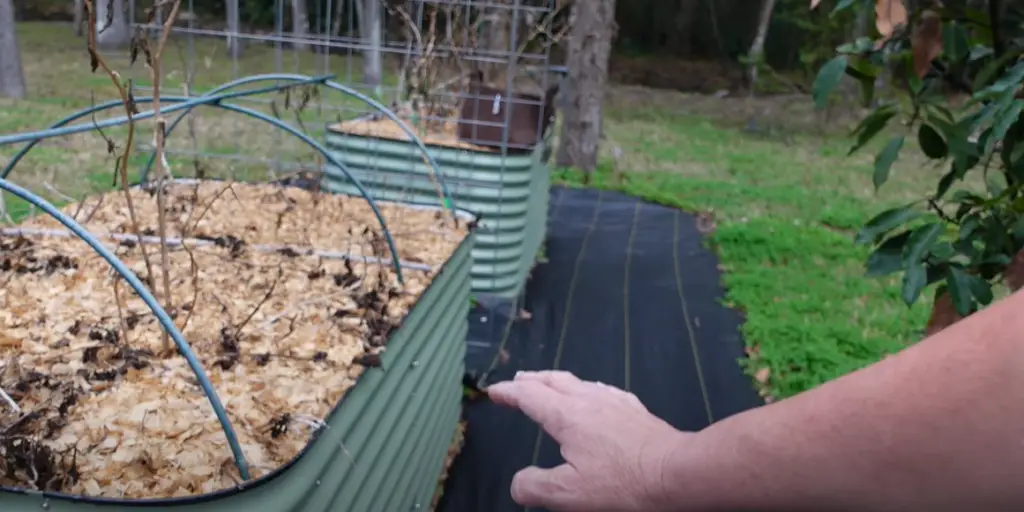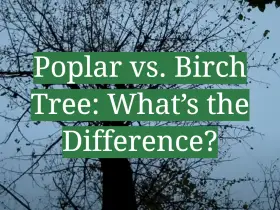When it comes to gardening, there are many different ways to get the job done. You can use traditional in-ground methods, or you can try a raised garden bed. There are pros and cons to both options, but which one is right for you? This article will compare Birdies vs. Vego Raised Garden Beds and help you decide which is the best fit for your needs!
What are Garden Beds for?
Garden beds are an important part of any gardening project. They provide structure to the garden, allowing for optimal soil and water drainage. Garden beds can also be used to separate different plants or crops, preventing overcrowding and maximizing potential yield.
Garden beds are a great way to create an organized and efficient space for gardening projects of all shapes and sizes. Whether you’re looking for a way to maximize your yield from a smaller plot or just create an attractive floral border around your property, garden beds are an essential part of any green thumb’s toolkit [1].

Features and Benefits of Birdies Garden Beds
Birdies Garden Beds are designed to make gardening more accessible and enjoyable. These easy-to-install raised garden beds come in a variety of sizes, shapes, and materials that are perfect for any budget and space.
Birdies raised garden beds are made from high-quality, durable materials such as cedar, redwood, and recycled plastic which stand up to the elements year-round. The walls of our beds are strong enough to hold soil and plants, but lightweight enough for you to move or rearrange your bed with ease.
These raised garden beds allow for better drainage so excess water is not left standing in the soil – this means fewer weeds! They also feature a deep root system designed to maximize plant growth and health. With Birdies Garden Beds, you can customize your soil mixture to get the most out of your plants.
The design of our beds also makes it easy for you to keep your garden organized and weed-free. The interlocking panels make it simple to place plants where you want them, without having to worry about overgrown roots or tangled vines. Plus, optional built-in weed barriers help prevent weeds from overtaking your garden!
In addition, Birdies Garden Beds are designed with convenience in mind – they come pre-assembled and ready to use right away. They also offer an array of accessories such as trellises, covers, and additional soil mixes so that you can tailor your garden bed accordingly. With Birdies Garden Beds, you can be sure to create the perfect garden for your needs [2].
Features and Benefits of Vego Raised Garden Beds
Vego Raised Garden Beds have many features and benefits that make them an ideal choice for gardeners. Here are some of the standout features and benefits:
Easy assembly: The Vego raised garden beds to come preassembled, so you don’t have to spend hours piecing together a complex bed structure.
Durable construction: Made from high-quality timber, the garden beds are designed to stand up against all types of weather conditions and last for years.
Versatile design: The modular design makes it easy to customize your Vego raised garden bed according to your needs, with different size panels and add-ons available.

Portable: Unlike traditional in-ground gardens, Vego raised garden beds are easy to transport and move as necessary.
Maintenance-free: The Vego garden beds require little maintenance, so you can spend more time tending to your plants and less time worrying about upkeep.
Eco-friendly: The sustainably sourced timber is designed to last and be kinder to the environment.
There are many other features and benefits of choosing a Vego raised garden bed for your gardening needs. With their ease of assembly, durability, versatility, portability, low-maintenance design, and eco-friendliness – it’s no wonder why they’re such a popular choice for today’s gardeners [3]!
Differences between Birdies vs. Vego Raised Garden Beds
Height
Birdies raised garden beds are up to 14 inches high, making them perfect for accessible gardening. Vego raised garden beds are more substantial in height at 18-20 inches tall. This allows for larger plants and easier access when tending to the bed.
Material
Birdies beds are constructed with a lightweight plastic that is UV-resistant and easy to move around if needed. Vego raised garden beds come in a range of materials including wood, cedar, composite, metal, and plastic depending on the model you choose.
Durability
The lightweight material used for Birdies beds makes them less durable than other varieties of raised gardens such as Vego’s. The heavier materials used in some Vego models make them more resistant to wear and tear.
Watering
Birdies raised garden beds have an integrated irrigation system that uses a timer and drip lines to ensure the bed is watered evenly and efficiently. Vego beds do not have any built-in watering systems, so you will need to water manually or install your own irrigation system.

Shape
Birdies raised garden beds come in a variety of shapes and sizes, allowing you to design the perfect garden for your space. Vego beds feature basic rectangular or square designs, making them perfect for straight rows of vegetables or flowers.
Color
Birdies raised garden beds come in a variety of colors, giving you the freedom to choose the perfect color for your outdoor space. Vego raised garden beds are typically only available in natural wood or metal tones.
Safety
Both Birdies and Vego raised garden beds feature a safe and secure design to keep children and pets away from the plants. However, Birdies models also have an optional safety lock that prevents unauthorized access.
Price
Birdies raised garden beds are typically more expensive than Vego’s because of their advanced features such as the integrated irrigation system. However, depending on which models you choose, each brand can offer a range of prices that fit any budget. On average, Birdies raised garden beds can cost around $200-$400, while Vego beds range from $50 to over $600.
At the end of the day, it comes down to personal preference. If you want a lightweight, easy-to-move garden bed that is great for accessibility and offers an integrated irrigation system, then Birdies is probably the choice for you. If you prefer something more substantial with a variety of materials to choose from and no need for an irrigation system, then Vego may be the better option. It all depends on your budget, needs, and wants when deciding between Birdies vs. Vego raised garden beds [4].
What can be grown in Birdies and Vego Raised Garden Beds?
You can grow a variety of vegetables and herbs in Birdies and Vego raised garden beds. The most popular crops for these types of garden beds are tomatoes, peppers, squash, cucumbers, lettuce, kale, spinach, chard, beets, radishes, carrots, beans, potatoes, onions and garlic.
Herbs that thrive in these types of raised beds include basil oregano rosemary thyme chives marjoram sage lavender parsley cilantro mint dill bay leaf fennel. Growing flowers such as marigolds is also an option if you would like to add some color to your garden. In addition to the above-mentioned plants you can also try growing strawberries, blueberries, raspberries, watermelon, and any other type of small fruit. With the right soil, temperature, and moisture levels, you can have a thriving garden with Birdies and Vego raised beds.
What to avoid when using Birdies and Vego raised beds?
When using Birdies and Vego raised beds, there are a few key things to avoid to ensure the best results:
- Avoid planting too many plants in the same raised bed as this can lead to overcrowding and reduce air circulation.
- Avoid using soil that is not appropriate for the plants you wish to grow. It’s important to choose soils with good drainage, fertility, and moisture retention properties that are suitable for the specific type of plant you want to grow.
- Avoid over-watering your plants as this can lead to root rot and encourage pests. Make sure you always check the moisture levels before adding any more water.
- Avoid placing your raised beds in direct sunlight or areas prone to strong winds as this can cause the soil to dry out quickly, thus stunting plant growth.
- Avoid using chemical fertilizers and pesticides as these can harm the delicate balance of your garden’s ecosystem and potentially kill beneficial microorganisms. Natural fertilizers and pest control methods are best for raised beds.
- Avoid overfilling the soil in your raised bed as this can lead to poor drainage and anaerobic conditions that will suffocate root systems. Make sure you keep the depth of soil below 8 inches or 20 cm to ensure adequate drainage and aeration for your plants.
FAQ
What are the best raised garden beds?
The best raised garden beds are those made from cedar, redwood, or pressure-treated wood. These woods tend to resist rot and last longer than other materials. If you’re looking for an inexpensive option, you can also find raised beds made from aluminum or plastic. Keep in mind that plastic is not as durable as other materials and will need to be replaced more often. As long as your bed is well constructed with strong corners and joints, it should last many years without needing repairs.

How do I choose a location for my raised garden?
When selecting a spot for your raised garden bed, think about things like sunlight, drainage, and soil quality. You want your plants to have plenty of sun exposure, but not too much that it will dry out the soil. You also want to make sure there’s good drainage, as standing water can cause issues with root rot. Lastly, take the time to test your soil quality and amend it if necessary so your plants can get the nutrients they need to thrive.
What should I plant in my raised garden?
The type of plants you grow in your raised bed will depend on what kind of environment you have available. Some popular options include vegetables like tomatoes, peppers, squash, cucumber, and herbs like basil or oregano. If you’re looking for flowering plants, consider some annuals like marigolds or zinnias for a splash of color. Just remember to pay attention to the soil and sunlight requirements of different plants so you can make sure they’ll have the best conditions for their growth.
Are raised garden beds good for small yards?
Yes, raised garden beds are a great option for small yards because they take up less space. Since you don’t need to dig out large plots, your bed can be placed pretty much anywhere in your yard or even on your patio. This flexibility makes it easy to fit a garden into any outdoor area, no matter how small or oddly shaped it might be. Plus, since the soil is elevated above ground level, it tends to warm faster in the spring and stays warmer longer in the fall which can give your plants a head start on the growing season.
How do I water a raised bed?
When it comes to watering your raised bed, you want to make sure that the entire area is getting enough moisture without over-saturating it. The best way to do this is by using a soaker hose or drip irrigation system. A soaker hose is placed on top of the soil and slowly releases water throughout the day, while a drip irrigation system can be set up with timers or motion sensors for more precise watering needs. You can also use a watering can or garden hose if you prefer, but make sure to keep an eye out for any areas that may be too wet or dry.
What is the longest-lasting type of raised bed?
Cedar and redwood are typically the longest-lasting types of raised beds as they’re more resistant to rot and other weather damage. Pressure-treated wood is also a popular option for raised bed construction, but it can contain chemicals that may be harmful to plants. Aluminum and plastic beds are usually less expensive than wooden ones, but they don’t last nearly as long so you may need to replace them more often. Regardless of what material you choose, make sure your bed is well constructed with strong corners and joints so it will last for many years without needing repairs.
Useful Video: Birdies vs Vego Review – 10 Months Later – Are The Beds Caving?
Conclusion
Using Birdies and Vego raised beds, you can create a beautiful and productive garden in any space. The Birdies and Vego raised beds offer both convenience and flexibility, providing a great way to start gardening with minimal effort. With their durable construction, easy assembly, and adjustable height, Birdies, and Vego raised beds are an excellent choice for anyone wanting to maximize the potential of their outdoor space. They offer an attractive and practical solution that is sure to bring your garden to life!
References:
- https://www.bhg.com/gardening/yard/garden-care/why-you-need-a-raised-bed/
- https://growmuse.com/birdies-garden-beds/
- https://www.theyouthfarm.org/vego-garden-vs-birdies/
- https://edumanias.com/home-improvement/metal-raised-garden-beds-vego-garden-vs-birdies/










Leave a Reply
View Comments